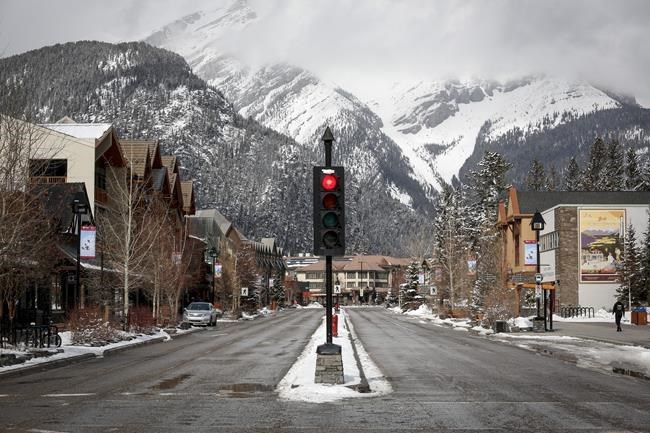BANFF, ALTA. — Banff tourism officials are joining the call for better management of visitor traffic in the most heavily visited parts of the national park.
In a document outlining its development plans for the next decade, Banff and Lake Louise Tourism says it wants to reduce damaging traffic bottlenecks through improved public transit and fewer private vehicles.
CEO Leslie Bruce says private vehicle traffic is one of the area's biggest challenges to achieving sustainability and solving that problem will be a priority.
Bruce says the document also focuses on educating visitors on an ethic of respect for the wilderness they're visiting.
She says her group wants to ensure mountain communities remain good places to live for those who work there.
Her comments come after Parks ÎÚÑ»´«Ã½ drew criticism for banning private vehicles on the road to Moraine Lake, one of Banff's most popular spots.
The tourism document is also supported by Parks ÎÚÑ»´«Ã½ and the municipality of Banff.
This report by The Canadian Press was first published Jan. 25, 2023.
The Canadian Press



